The wireline telecommunications industry is enjoying increased demand for fiber broadband services, which is great for the asset utilization of previous investments, but also points to the need to expand their fiber networks before another entity enters the market first. While it is generally accepted that fiber networks provide optimal broadband experiences, they also require material upfront capital. The good news is the increased demand has improved business cases as higher terminal penetration rates are now assumed to recover the investment in consumer fiber. The higher penetration rates are important as the fiber-builds now are moving into successively higher cost-per-passing geographies. Prior investments were lower-hanging fruit, but many business case ROIs will be achievable now only if terminal penetrations hit around 35%-40% – and in some cases higher based on per-passing and middle-mile build CAPEX (though in some areas government funding will provide additional support). This level of penetration will only be realized when a new fiber network competes effectively with a single cableco and telco copper networks. However, the decision to commit to a fiber-build is fraught with risks.
Poor prioritization of market builds, or delays in making a fiber-build decision can have significant repercussions. For example, if another fiber entity commits to a build in the telco’s copper-based territory it can force you to reconsider your investment plans to account for a lower level of penetration as the second fiber builder in the market. Thus, it is crucial for telcos to be able to make timely and informed decisions. But telcos are also realizing they must have a mix of both art and science in the decision process.
The science revolves around the data platforms with modeling functionality, network data availability, and an effective decision process. The platforms must be capable of efficiently ingesting the right data at the right time and be integrated with modeling platforms as the foundation for market analysis. The art revolves around the collection of data scientists, with access to – and deep understanding of – market data, and the ability to execute a series of scenario and sensitivity analyses that clearly defines the upper, lower, and highest probable outcomes.
Fiber-Build Modeling
In prior years, telcos created financial/business models with a variety of inputs from disparate systems, ad hoc tables, and scenario-building (to an extent). This was often in one of the most flexible and capable business tools for such modeling… spreadsheets. But what they find now, a few years in, is that inputs change and ‘re-executing’ the spreadsheet-based models is difficult, time-consuming, has greater risks, and often lacks an ideal depth of scenario-building.
Challenges Faced Today
Because cost of capital has increased with interest rates, and telco cash flows have been strained by competition and inflation, most telcos realize fiber-build decisions must have a very high success rate. Telcos need to make informed decisions which requires models that intuitively and efficiently integrate both the art and science of the decision-making process.
We find that even if telcos have most of the resources and capabilities they need, the few areas where they fall short can have important impacts on the decision outcomes. It is therefore vital for telcos to prioritize both the art and science of this critical modeling process:
Download Part II of Northridge’s State of Customer Experience 2023 Research Report for more CX insights!
The Northridge Group needs the contact information you provide to us to contact you about our products and services. You may unsubscribe from these communications at anytime. For information on how to unsubscribe, as well as our privacy practices and commitment to protecting your privacy, check out our Privacy Policy.
The Science:
- Data Infrastructure – data lakes or virtualized environments: Having the necessary data infrastructure is critical to making informed decisions. This requires a central repository of data that is easily accessible and regularly updated.
- Network Assets – for modeling work: Having readily available network assets for fiber-build modeling work is another critical component of making informed decisions, and another example of the type of fundamental data that evolves – as networks do – and must be updated for each successive model output.
- An effective, efficient, and collaborative decision-making process: Having a governed, structured, and collaborative decision-making process between the network, finance, and sales/marketing-driven business units reduces friction and delays in decision-making.
The Art:
- Data Science Resources: Having data science resources with knowledge of the networks, finance, products, and market conditions enabled with best-fit analytics tools are crucial for telcos to make informed decisions.
- Market Conditions – in a very localized view: Telcos need to be aware of the competition in a given market, both now and in the future. Lacking a very localized view of the market can limit a telco’s ability to make informed decisions about where to build. From cableco DOCSIS evolutions and product/promotion updates, to fiber over-builders, to FWA, satellite, or WISP entrants – the markets are evolving, often at a granular geographic level.
- Creative Market Knowledge: Understanding how to effectively weigh potential market changes, cost and revenue sensitivities, and the relationships of these and other attributes that allow for effective identification of the highest, lowest, and most probable outcomes.
The challenges faced by telcos in making informed decisions about fiber-build-outs are significant, requiring the functionality to intuitively and easily update models with market conditions, network assets, cost inputs, and other risks and opportunities. Unfortunately, many telcos lack the necessary data infrastructure, network assets, understanding of market conditions, data science resources, and effective, efficient, and collaborative decision-making processes to make informed decisions.
To remain competitive in the market, it is crucial for telcos to address these challenges and build the necessary models to make informed decisions about fiber-builds. Failure to do so may result in being left behind by the competition, ultimately impacting the long-term viability of the business.
Subsequent Northridge blogs will explore these topics in greater detail.




